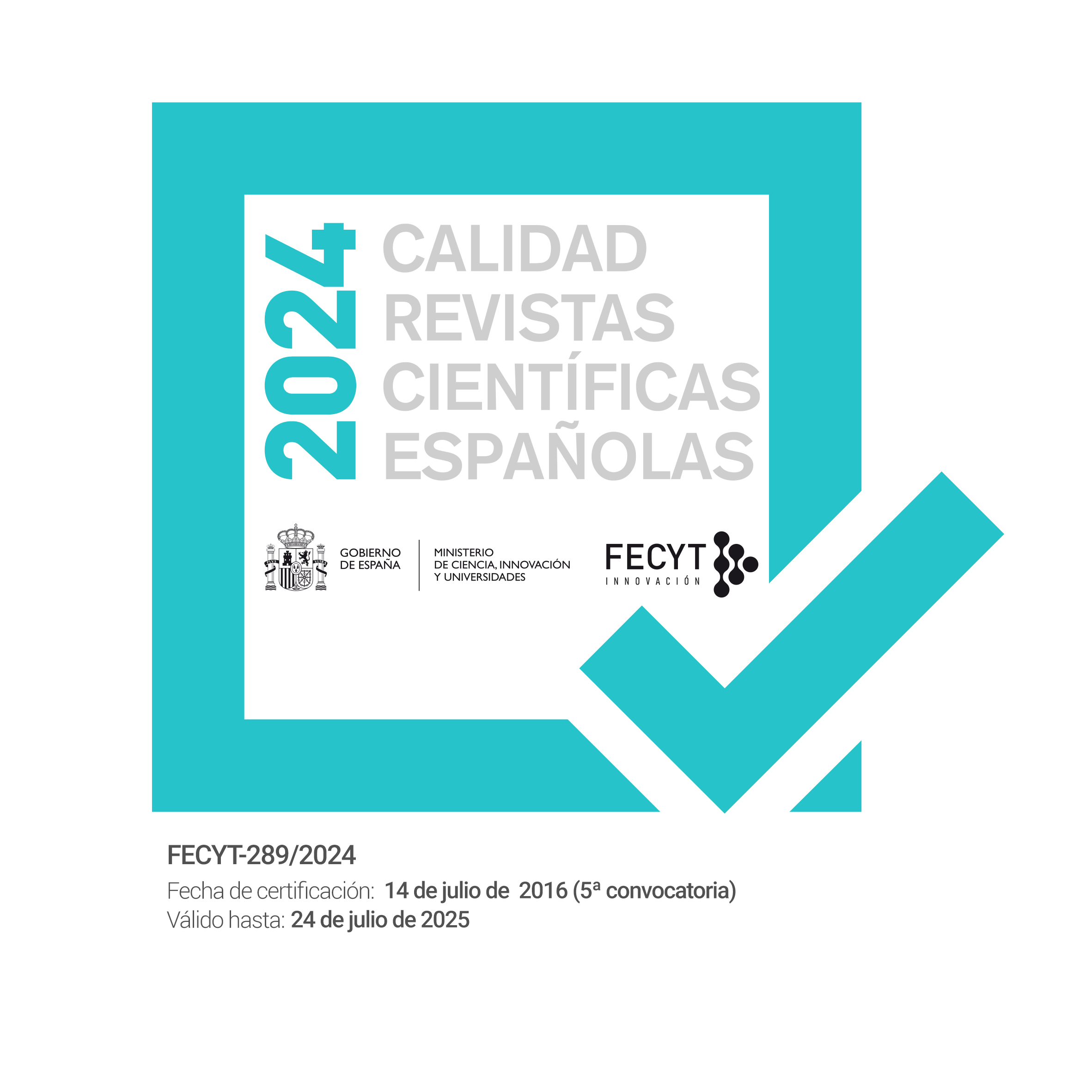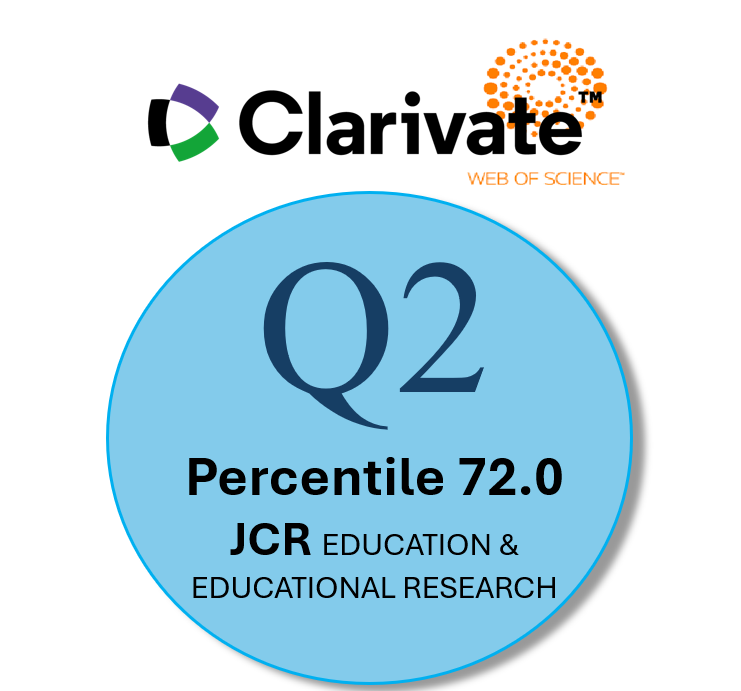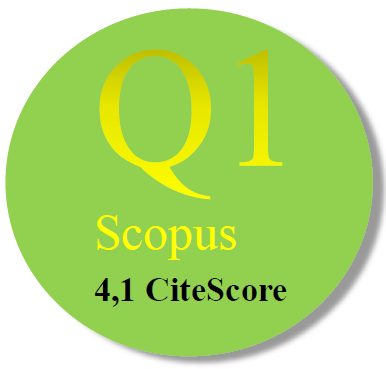Knowledge Visualization Models and The Role of Significance-based Learning: Chronicle of a Group Work Experience in Virtual Environments
Abstract
If effective communication, particularly the communication of knowledge rather than the communication of facts, requires knowledge of how the message may be understood and considered by the receiver (Te’eni, 2011), it is thus necessary to be acquainted with the concept of knowledge visualization (Eppler and Burkhard, 2004). This emergent domain refers to the use of visual representations of information and how it can be viewed from two perspectives: from the point of view of the user and from the point of view of the designer of a graphic representation. To this end, I discuss the impact of knowledge visualization models in a significance-based learning. In connection to this, I explain the positive role of introducing new and dynamic zooming presentation editors, such as Prezi (Prezi, 2009), in the everyday classroom experience. The study is based on the fact that Prezi allows users to prioritize notions depending on its content-based significance and not so much on the sequential linearity that traditionally drags along visual representations of information.Downloads
Las obras que se publican en esta revista están sujetas a los siguientes términos:
1. El Servicio de Publicaciones de la Universidad de Murcia (la editorial) conserva los derechos patrimoniales (copyright) de las obras publicadas, y favorece y permite la reutilización de las mismas bajo la licencia de uso indicada en el punto 2.
2. Las obras se publican en la edición electrónica de la revista bajo una licencia Creative Commons Reconocimiento-NoComercial-SinObraDerivada 3.0 España (texto legal). Se pueden copiar, usar, difundir, transmitir y exponer públicamente, siempre que: i) se cite la autoría y la fuente original de su publicación (revista, editorial y URL de la obra); ii) no se usen para fines comerciales; iii) se mencione la existencia y especificaciones de esta licencia de uso.
3. Condiciones de auto-archivo. Se permite y se anima a los autores a difundir electrónicamente las versiones pre-print (versión antes de ser evaluada) y/o post-print (versión evaluada y aceptada para su publicación) de sus obras antes de su publicación, ya que favorece su circulación y difusión más temprana y con ello un posible aumento en su citación y alcance entre la comunidad académica. Color RoMEO: verde.














